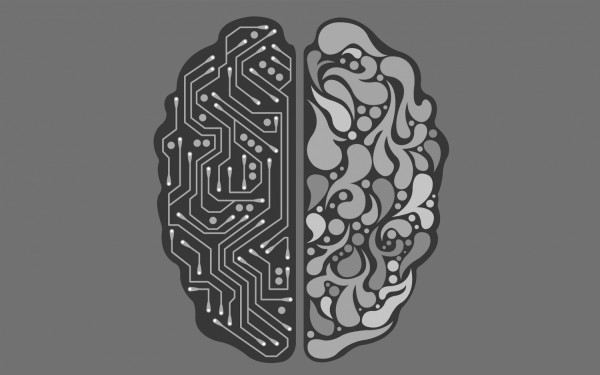Alterations in Movement and Behavior of Experimental Models With Huntington's Disease Improved by Optogenetic Stimulation

Optogenetic stimulation uses light inactivating a specific population of neurons
A study led by the University of Barcelona's Institute of Neurosciences (UB Neuro) researchers was able to characterize one of the neuronal circuits involved in the development of Huntington's disease and its assembly to the secondary motor cortex (M2) in the dorsolateral striatum nucleus (DSL).
According to the release by the University of Barcelona, the study shows in animal models with pathology that optogenetic stimulation of the circuit causes improvements in the typical sets of symptoms of the disease. The researchers added that the results shed light on other cause-and-effect diseases with similar traits, such as Parkinson's disease and Tourette Syndrome.
The University of Barcelona described Huntington's diseases as a disease that can alter neurons since they start developing. Alzheimer's Association added that it is a progressive brain disorder caused by a single defective gene. They further said that the disease can be inherited and people who inherit this will eventually develop the disease. According to Mayo Clinic, it causes the progressive breakdown of nerve cells in the brain and affects the functional abilities which are seen in the thinking, movement, and psychiatric disorders.
Methods and results of the study
Led by tenure track-1 lecturer at the Faculty of Medicine of the University of Barcelona and researcher at UB Neuro, IDIBAPS, and the Biomedical Research Networking Center in Neurodegenerative Diseases (CIBERNED), Mercè Masana, the study aims to analyze the alterations in the brain circuits that causes neurological symptoms in Huntington's disease. The release further said that in collaboration with IDIBAPS Magnetic Resonance Imaging unit (MRI), researchers utilized the technology in the analysis of functional alterations in the circuits that connect the brain cortex to the striatum nucleus of basal ganglia which is vital in the control of movement and behavior.
READ ALSO: Proteins Linked to Genetically Inherited Parkinson's Disease Described in a Study
According to Masana, based on the animal model's first analysis, results show that the functional connectivity of the brain cortex with the striatum nucleus was highly altered. In studying the circuits, the researcher used optogenetics. This innovative and powerful technique combines genetic and optic method to boost brain circuits selectively with the use of light. Masana added that using optogenetics combined with electrophysiology and microdialysis, they will be able to determine if the M2-DLS circuit in the model with Huntington's disease released diminished glutamate levels, the main neurotransmitter involved in this circuit, and that neurons in the striatum nucleus did not respond to the circuit instigation.
According to Mightex, optogenetic stimulation is a genetic technique that enables scientists in activating or inhibiting the activity of a specific neuron populace using light. According to a study, this treatment became possible through the opsins, a light-sensitive channel that cause depolarization or hyperpolarization of the cell through the influx of ions or protein-signaling cascades.
The researchers further said that the success of the experiment associates with possible therapeutic strategies based on the restoration of neuronal circuits. Masana said that the new study shows that optogenetics can be a powerful tool for the treatment of diseases where brain circuit activity is changed.
READ NEXT: Caffeinated Beverages May Help Prevent Parkinson's Disease
Check out more news and information on Huntington's Disease on MD News Daily.
Nov 11, 2020 07:00 AM EST





